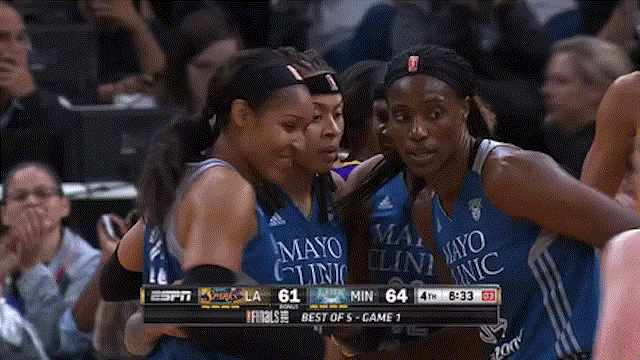Happy International Day of the Girl
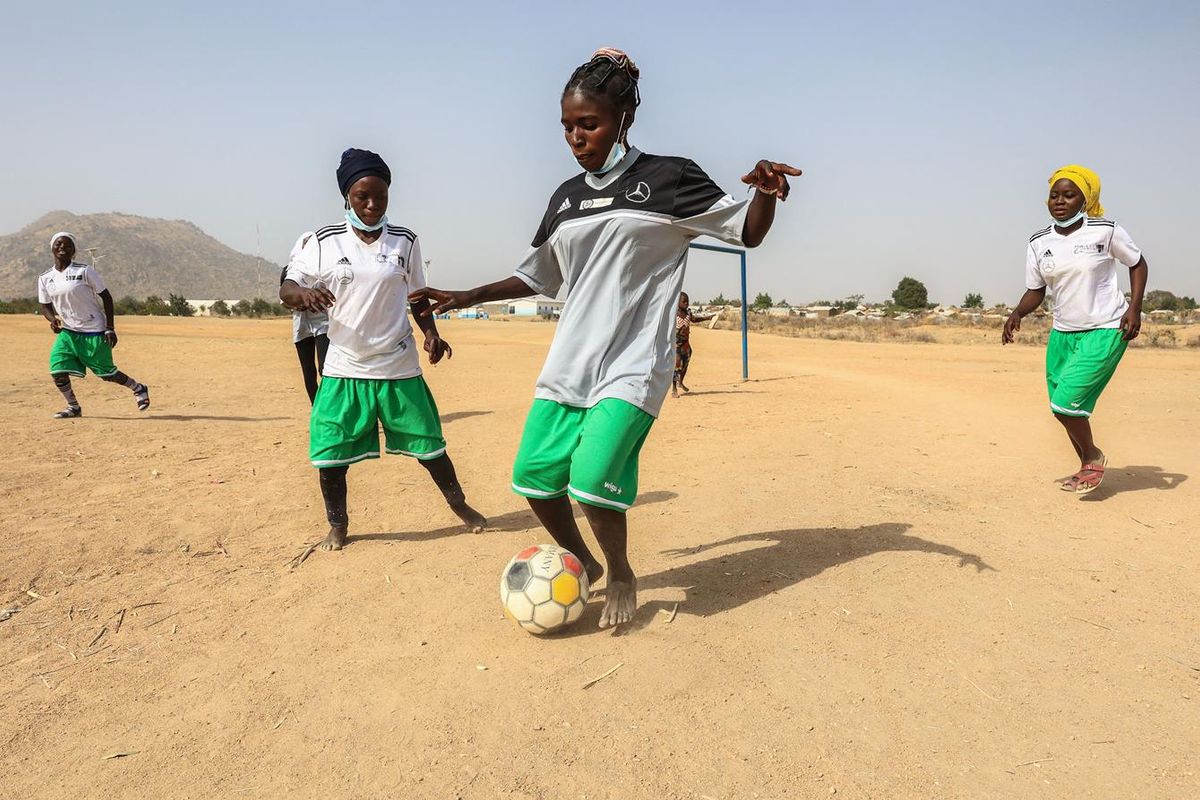
📅 The day
The first-ever IDOG was held on October 11th, 2012, when the United Nations (UN) declared the day to recognize the rights of, and challenges faced by girls around the world. IDOG is all about addressing the unique barriers girls encounter, while empowering them to change a world that still lacks full gender equity.
And as we know, sports play a pivotal role in improving the lives of girls, with ripple effects that can benefit them well into adulthood.
📊 The numbers
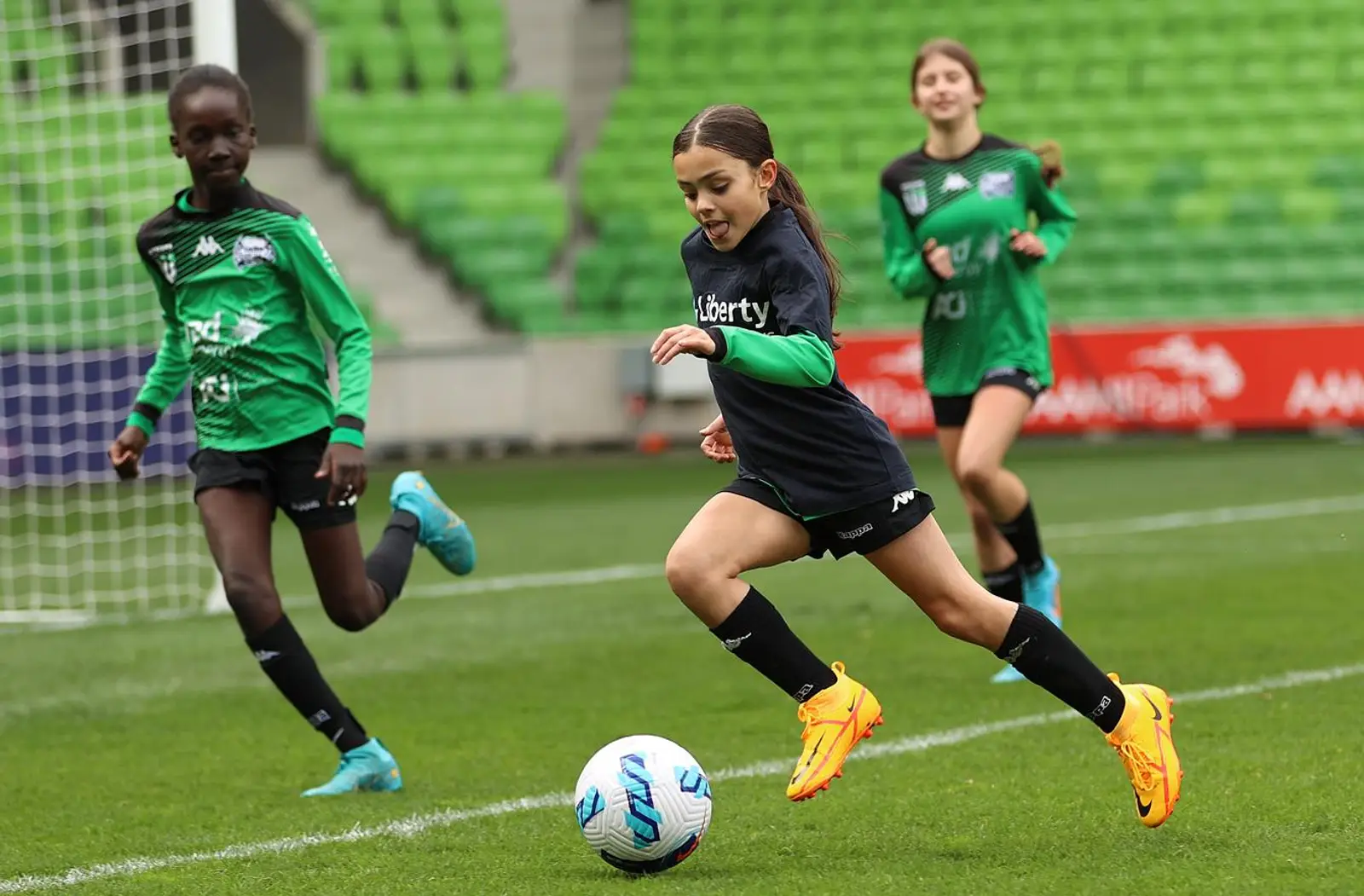
While there’ve been significant strides in women’s sports recently, there’s still a long way to go to ensure girls can get in and stay in the game.
- Just one in three girls aged six to 12 play sports regularly. And, by age 14, girls drop out of sports at a rate two times greater than boys.
- In the U.S., high school boys have a whopping 1.3 million more sports opportunities than high school girls. Not okay.
- And the lack of participation is a global issue: Nearly half of teenage girls in Australia quit sports by age 17, and a Canadian study found that if girls don’t play sports by the time they’re 10, there’s only a 10% chance they’ll be physically active adults.
- Girls of color face even more barriers to access than their white counterparts, having to navigate disparities at the intersection of gender and race.
So what are those barriers? Along with having fewer opportunities, the stereotype that sports are “for boys” still infuriatingly persists. In a U.S. national survey, a third of parents said they believed that boys are inherently better at sports than girls. Absurd.
- And while there are so many incredible pro female athletes, girls still lack female sports role models in their day-to-day experiences. Sixty-eight percent of youth players are coached by men, and very few parents encourage their daughters to follow sports figures.
- What’s more, the cost of playing sports can be out of reach for many families. Budget cuts have also forced schools to adopt “pay-to-play” models which bar many athletes from competing.
🙌 The benefits
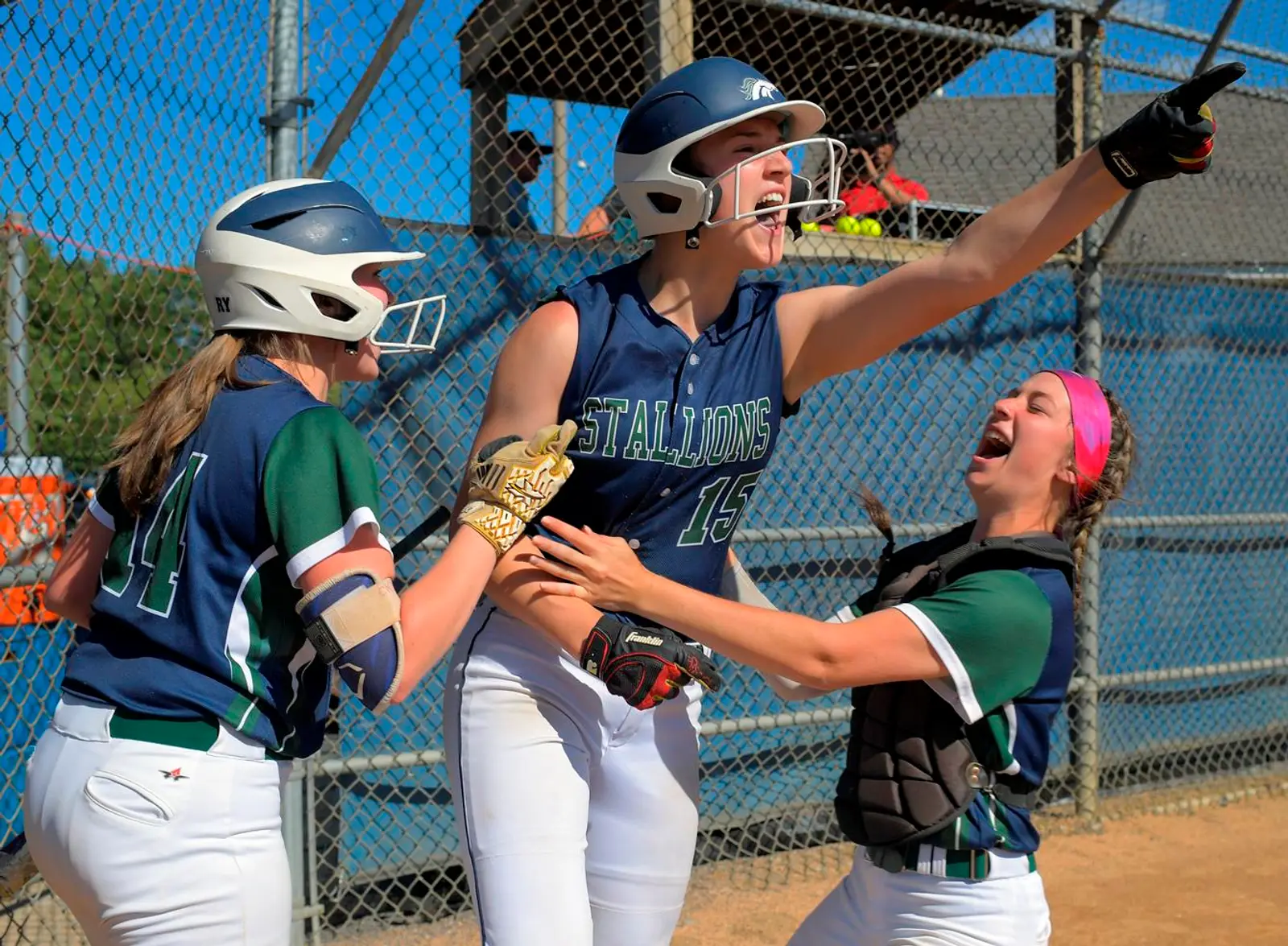
It’s hard to overstate the benefits for girls who play sports. Most obviously, sports help girls’ physical health, not just during childhood, but throughout their lives. They have stronger immune systems and are at a lower risk of developing medical issues like heart disease, osteoporosis, diabetes and a myriad of cancers later in life.
- But the mental health effects may be even more important. Young female athletes have higher self-esteem, lower levels of depression, and overall better body images.
Sports also help girls develop valuable lifelong skills, such as teamwork, leadership, and goal-setting abilities. They also learn how to take risks and be resilient when facing failure.
Also important for girls’ future success? Their education. Young female athletes are more likely to stay in school, get better grades, and pursue further education. And 61% of high school girls with 4.0+ GPAs play sports.
- Not only that, girls who get in the game are 14% more likely to believe they are smart enough for their dream career — it’s no wonder that 80% of Fortune 500 female execs played sports. Leveling the playing field and the C-suite.
🚨 The risks

As families consider the numerous benefits of sports participation, they also weigh certain risks that are specific to girls. Physically, girls and women are at higher risk of certain sports injuries, such as ACL tears, stress fractures, tendonitis, and concussions.
But more concerning are the risks to girls’ safety and wellbeing. In October 2022, U.S. Soccer released a devastating report on the systemic issue of verbal, emotional, and sexual abuses in the NWSL. Many players who were interviewed during the year-long investigation also described troubling incidents with youth coaches.
- Reports like that, along with high-profile stories surrounding USA Gymnastics and the abuse hundreds of young girls suffered right under the organization’s nose, understandably give many parents and young athletes pause.
Plus, there’s been a massive movement in the U.S. to bar trans girls from participating in sports. Trans youth are already at greater risk of depression, anxiety, and death by suicide than their cis peers and, besides being horrifyingly discriminatory, these bans mean they miss out on the aforementioned benefits of play. Clearly, there’s still work to do.
🔮 The future
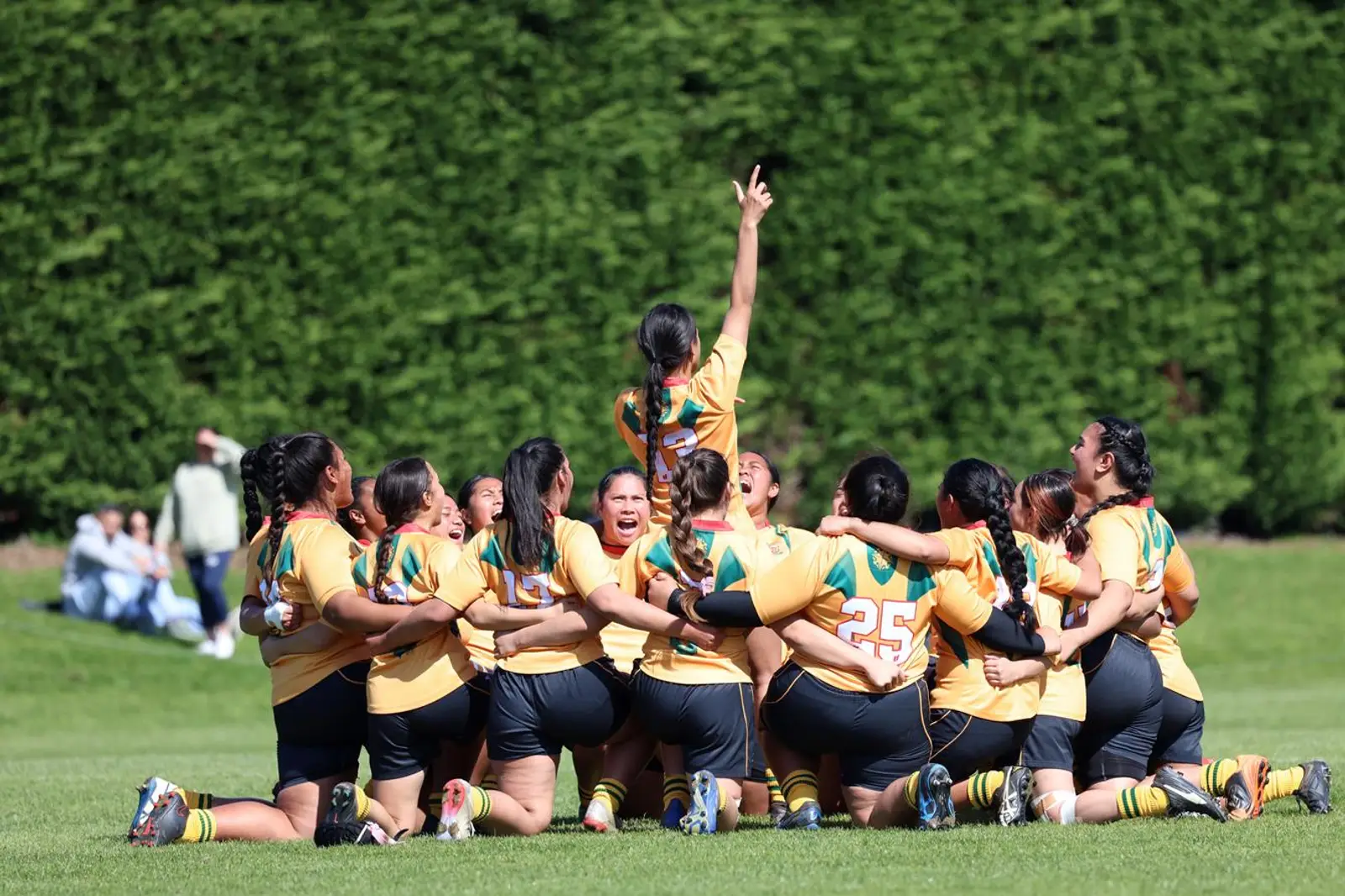
Though progress is being made incrementally, much work can be done to ensure all girls have safe and inclusive access to sports.
- One way to make it happen? Create more opportunities. And the state of California is doing just that: This 2023-2024 school year is the first full year that girls’ flag football is an official high school sport.
Another big way to attract and keep girls in sports? Representation. According to a 2022 survey, 30% of U.S. sports fans are watching more women’s sports now than five years ago — and the most common explanation is that it’s easier to find games on TV. Groundbreaking.
- But there’s still room for improvement. Only 5% of sports media coverage in 2019 was focused on women’s sports and, aside from The GIST’s 100% female and nonbinary newsroom, only 14% of sports reporters in 2021 were women.
The sports world clearly has a long way to go to achieve gender equity. Empowering more girls on fields, courts, and pitches helps not just them, their families, and communities, but also lifts an industry that has significant impacts on society.
- When we level the playing field for girls, we level it for everyone.
